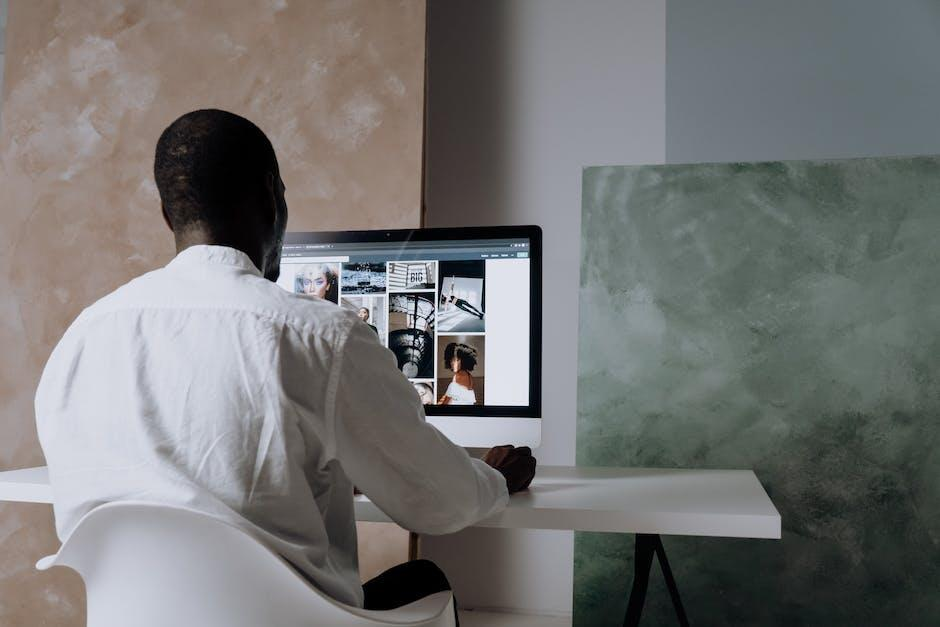Ever wondered how some images instantly grab your attention and tell a story?
Great visuals don’t happen by accident-they’re carefully crafted using the right image editing tools. With just a few simple edits, you can turn an ordinary photo into something truly powerful. Whether you’re a beginner or a pro, the right tools help bring your vision to life.
Ready to start creating stunning visual stories? Let’s explore how to make your images unforgettable!

Focus On the Subject
A strong image starts with a clear subject. Make sure your main focus stands out from the background. Use blur, contrast, or lighting to guide the viewer’s eye. Avoid clutter that can distract from the message. Keep the frame clean and simple.
Good editing tools let you highlight the subject easily. You can crop the image to remove distractions or adjust brightness to make it pop. Always ask yourself what you want the viewer to notice first. Every detail should support that choice. Clear focus creates a powerful story.
Use Color to Set the Mood
Color can instantly change how an image feels. Warm tones like red and orange add energy and excitement. Cool shades like blue and green bring calm and peace. You can shift colors to match the story you want to tell. Even black and white can create a strong emotional effect.
Image editing tools make it easy to adjust tones and filters. Try different color styles until the mood feels right. Keep the colors balanced and avoid making them too strong. Let the colors support the subject and message. The right palette can turn a simple photo into a stunning story.
Crop for Better Impact
Cropping helps remove unwanted parts of an image. It brings attention to the most important details. You can use it to improve balance and framing. A tighter crop often creates a stronger message. It also helps remove distractions.
Most editing tools offer simple crop features. Try different shapes and sizes to see what works best. Focus on keeping the subject clear and central. Don’t be afraid to cut out empty space. A well-cropped image tells your story faster and better.
Play With Light and Shadows
Lighting can change the whole feel of an image. Bright light can create energy, while soft light adds warmth. Shadows can add depth and mystery to your story. You can use light to highlight your subject. Even small changes can make a big difference.
Editing tools help you control both light and shadow. You can brighten dark areas or soften harsh spots. Try adjusting the contrast to make details stand out. Keep the lighting natural and not too strong. A good balance brings your visual story to life.
Enhance With Filters
Filters can quickly change the look and feel of your image. They help set the tone without much effort. Some filters make colors richer, while others add a vintage or dramatic feel. Try a few options and see which one fits your story best. Use filters to support your message, not hide it.
Most editing tools come with built-in filter choices. You can adjust the strength of each filter to match your style. Don’t rely on them too much-keep your edits simple and clean. The right filter can make your image more powerful. Choose one that adds emotion and focus.
Add Meaningful Text
Text can give your image more meaning and context. A short message or title can guide the viewer’s thoughts. Make sure the words match the emotion of the image. Use fonts and colors that are easy to read. Keep the message simple but strong.
Most editing tools let you place text anywhere on the image. Try different positions and sizes to see what looks best. Avoid using too much text, which can take away from the photo. Let the words support, not overpower, the visual. A well-placed line can complete your story.
Blend Images Smoothly
Combining two or more images can create a unique story. The key is to make the transition between them smooth. Use fading, masking, or layering tools to blend edges softly. Make sure the lighting and colors match across all images. This keeps the final result clean and natural.
Editing tools can help match image sizes and details. If one image is too large, you can downscale image to fit better. Try to align key elements so they flow as one. Avoid harsh lines or mismatched parts. A smooth blend creates a more powerful and creative visual.
Adjust Contrast and Brightness
Good lighting can make your image stand out. Brightness helps you show more details in dark or light areas. Contrast adds depth by separating light and dark tones. Together, they shape the mood and focus of your photo. Small changes can lead to big improvements.
Most image editors have easy tools for this. Try adjusting the levels until the image looks balanced. Don’t overdo it-too much contrast or brightness can ruin the look. Aim for a natural, clear result. These simple tweaks help tell your story better.
Use Layers Creatively
Layers let you build your image step by step. You can place text, shapes, or effects on different layers. This gives you more control over how everything looks. You can move or edit each part without changing the whole image. It’s a smart way to keep things flexible.
Many editing tools support layers, even for beginners. Try stacking images, adding shadows, or blending effects. Hide or show parts to test new ideas. Layers make it easy to try creative styles. They help you tell a more detailed and polished story.
Learn All About Stunning Visual Stories
Stunning visual stories leave a lasting impression. With the right tools, anyone can create images that speak louder than words.

